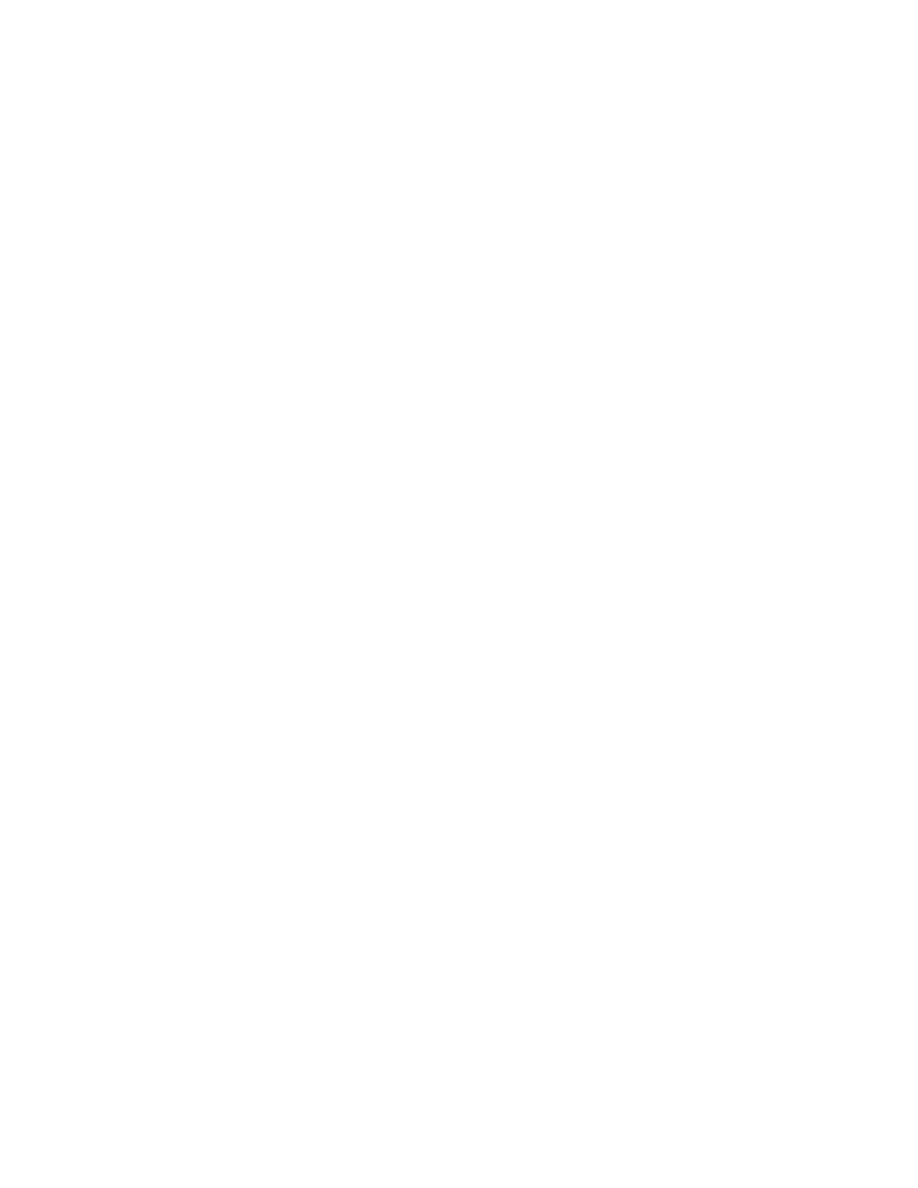LaCrosse FWD V6-3.0L (2010)

Fuel Pressure: Testing and Inspection
Fuel System Diagnosis
Fuel System Diagnosis
Diagnostic Instructions
*
Perform the Diagnostic System Check - Vehicle (See: Testing and Inspection/Initial Inspection and Diagnostic Overview/Diagnostic System
Check - Vehicle) prior to using this diagnostic procedure.
*
Review Strategy Based Diagnosis (See: Testing and Inspection/Initial Inspection and Diagnostic Overview/Strategy Based Diagnosis) for an
overview of the diagnostic approach.
*
Diagnostic Procedure Instructions (See: Testing and Inspection/Initial Inspection and Diagnostic Overview/Diagnostic Procedure Instructions)
provides an overview of each diagnostic category.
Circuit/System Description
The engine control module (ECM) supplies voltage to the fuel pump control module when the ECM detects that the ignition is ON. The voltage from the
ECM to the fuel pump control module remains active for 2 s, unless the engine is in Crank or Run. While this voltage is being received, the fuel pump
control module closes the ground switch of the fuel pump and also supplies a varying voltage to the fuel tank pump module in order to maintain the
desired fuel rail pressure.
The fuel system is an electronic returnless on-demand design. A returnless fuel system reduces the internal temperature of the fuel tank by not returning
hot fuel from the engine to the fuel tank. Reducing the internal temperature of the fuel tank results in lower evaporative emissions.
The fuel tank stores the fuel supply. An electric turbine style fuel pump attaches to the fuel pump module inside the fuel tank. The fuel pump supplies
fuel through the fuel feed pipe to the high pressure fuel pump. The fuel pump also supplies fuel to a venturi pump located on the bottom of the fuel pump
module. The function of the venturi pump is to fill the fuel pump module reservoir. The fuel pump module contains a reverse flow check valve. The
check valve maintains fuel pressure in the fuel feed pipe in order to prevent long cranking times.
Reference Information
Description and Operation
Fuel System Description (See: Powertrain Management/Computers and Control Systems/Description and Operation/Fuel System Description)
Electrical Information Reference
*
Circuit Testing (See: Testing and Inspection/Component Tests and General Diagnostics/Circuit Testing/Circuit Testing)
*
Connector Repairs (See: Testing and Inspection/Component Tests and General Diagnostics/Connector Repairs/Connector Repairs)
*
Testing for Intermittent Conditions and Poor Connections (See: Testing and Inspection/Component Tests and General Diagnostics/Circuit
Testing/Testing For Intermittent Conditions and Poor Connections)
*
Wiring Repairs (See: Testing and Inspection/Component Tests and General Diagnostics/Wiring Repairs/Wiring Repairs)
Scan Tool Reference
Control Module References (See: Testing and Inspection/Programming and Relearning)for scan tool information
Special Tools
*
CH-48027 - Digital Pressure Gauge
*
J 37287 - Fuel Line Shut-Off Adapter
Circuit/System Verification
Note:
*
Repair all fuel system related DTCs before performing this diagnostic.
*
Inspect the fuel system for damage or external leaks before proceeding.
*
Verify that adequate fuel is in the fuel tank before proceeding.
*
The Fuel Pump Enable may need to be commanded ON a few times in order to obtain the highest possible fuel pressure.
*
Before proceeding with this test, review the User Manual CH 48027-5 for Safety Information and Instructions.
1. Ignition OFF, all accessories OFF, install a CH-48027 - Gauge.
Note: High fuel pressure readings may result due to hot soak fuel boiling. With the engine OFF, the fuel pressure may increase to the setting of
the pressure relief regulator valve, approximately 580 kPa (84 psi).
2. Ignition ON, engine OFF, command the Fuel Pump Enable ON with a scan tool. Verify the fuel pressure is between 276-448 kPa (40-65 psi) and
does not decrease greater than 34 kPa (5 psi) in 1 min.
